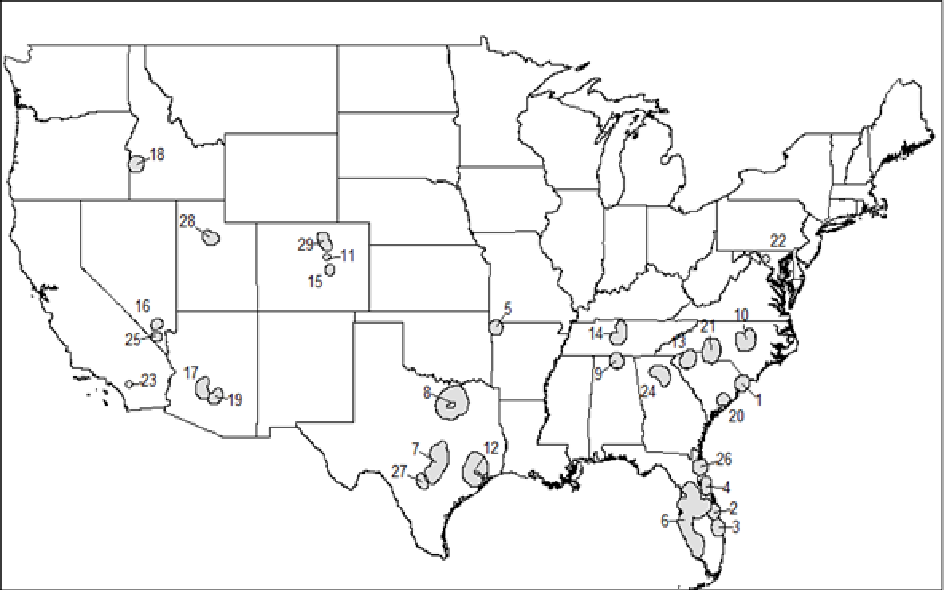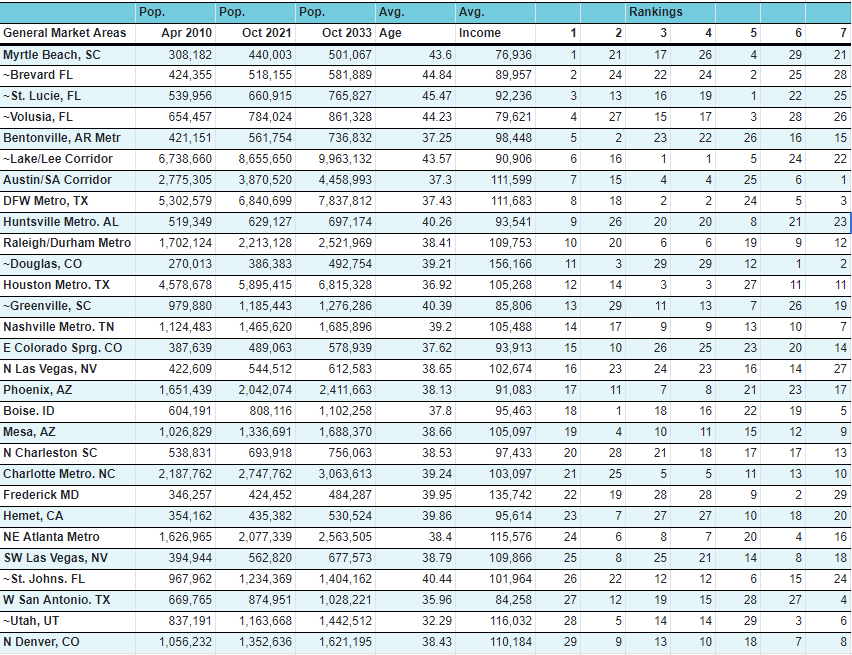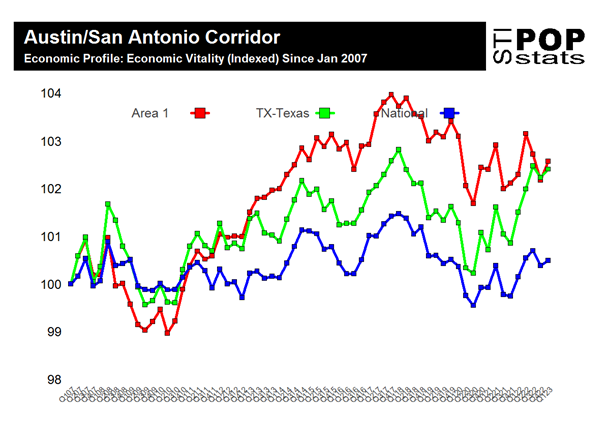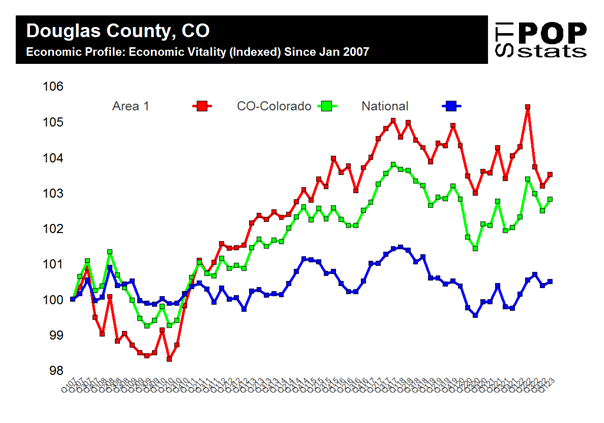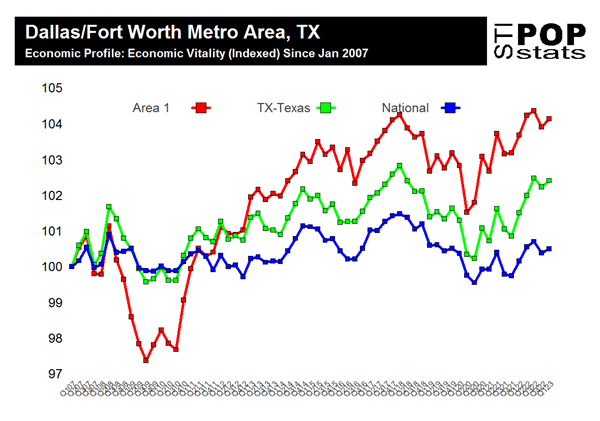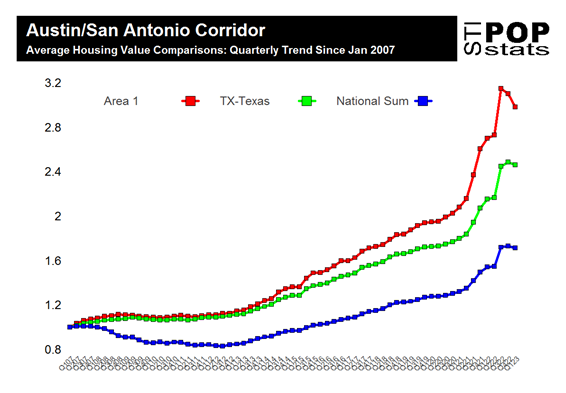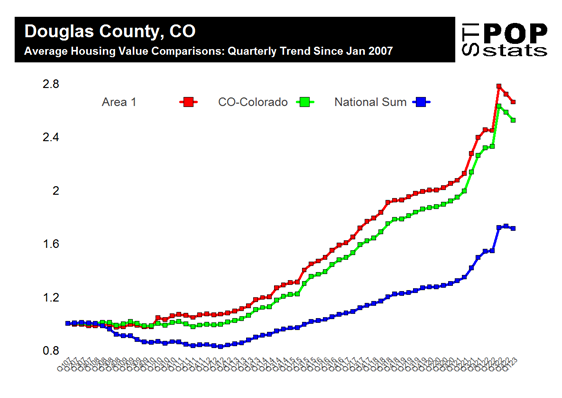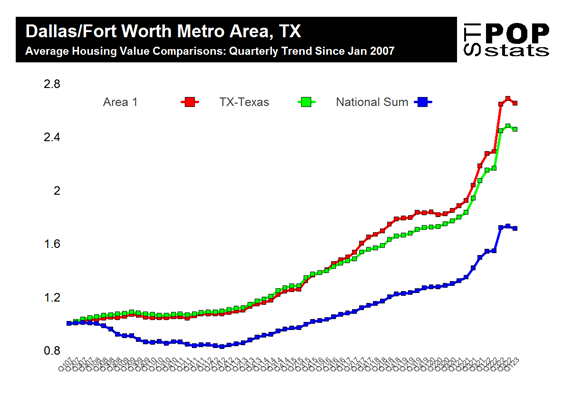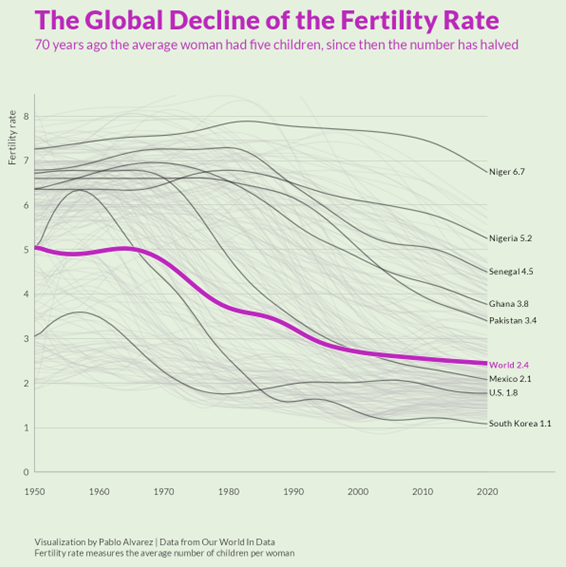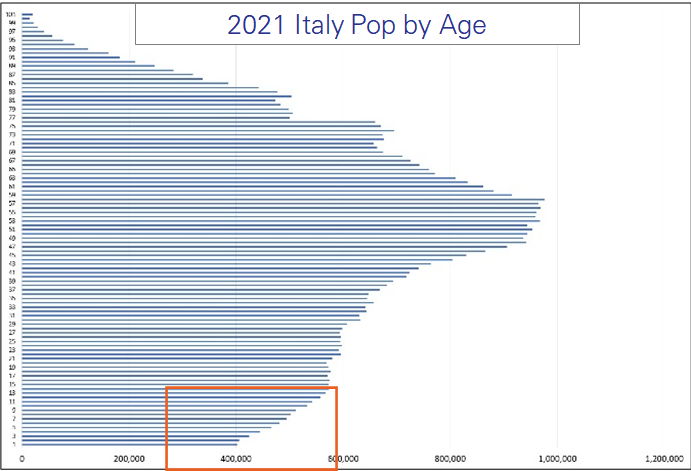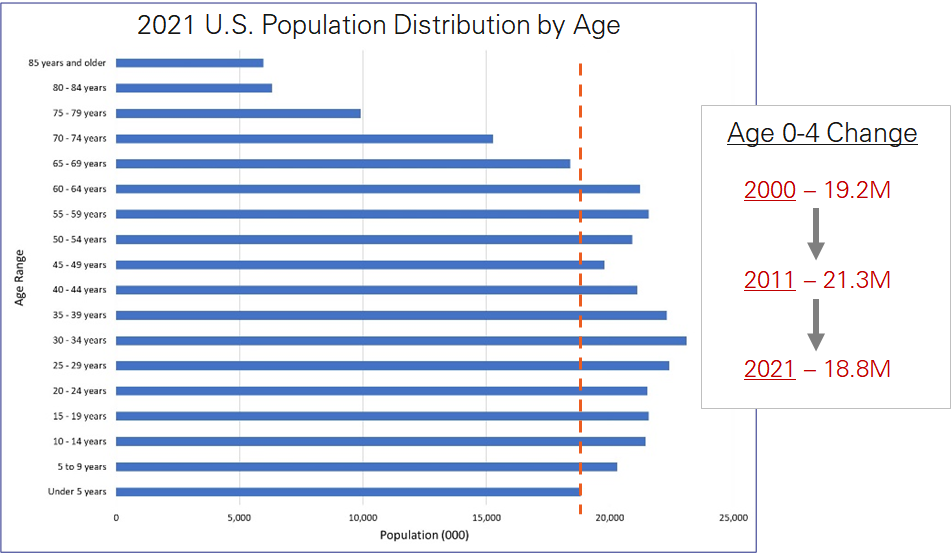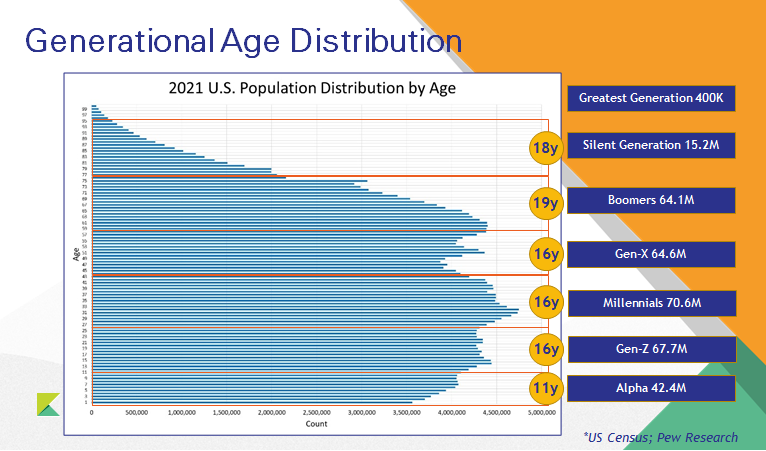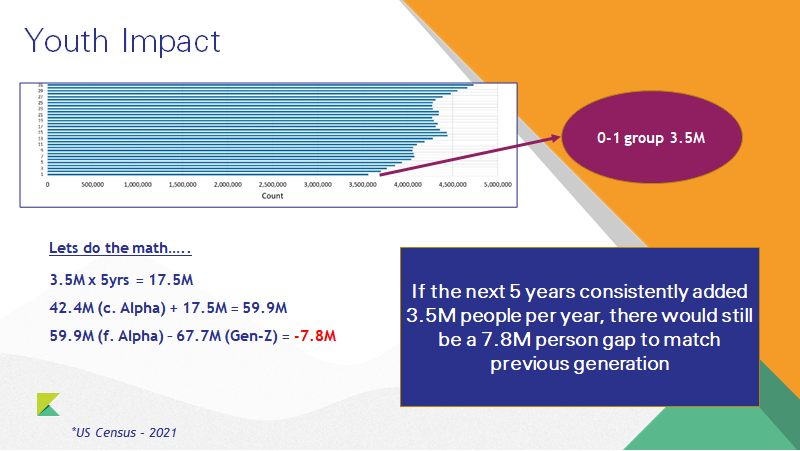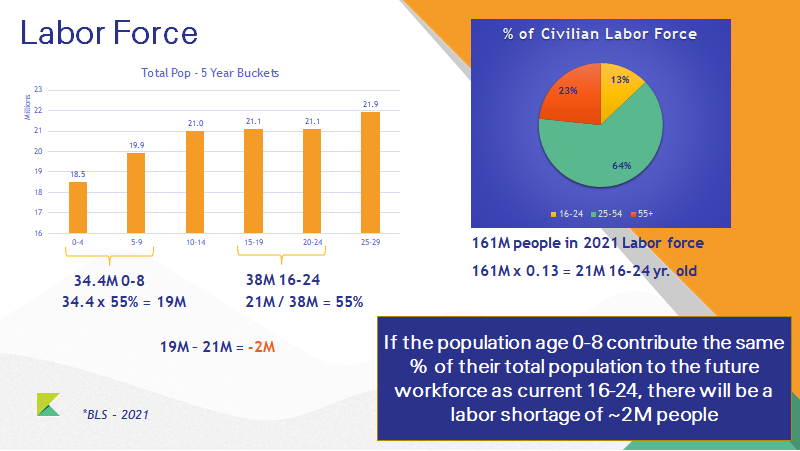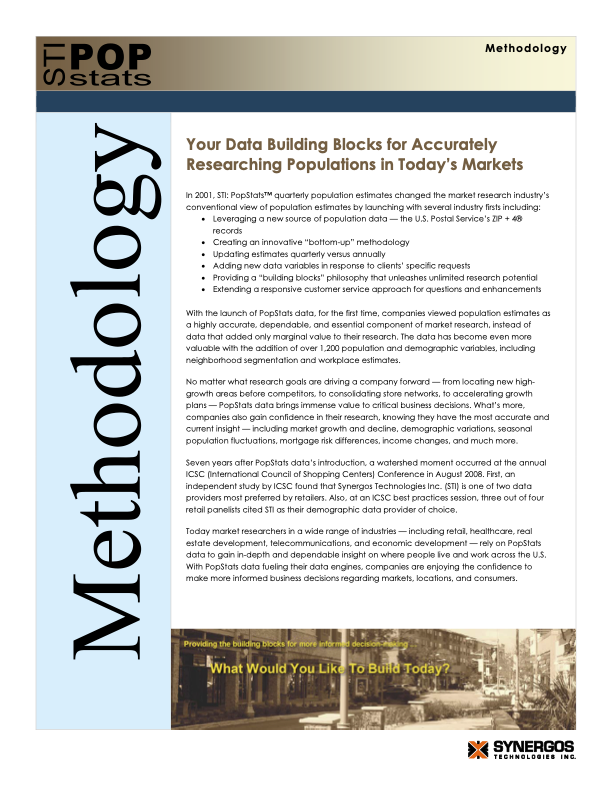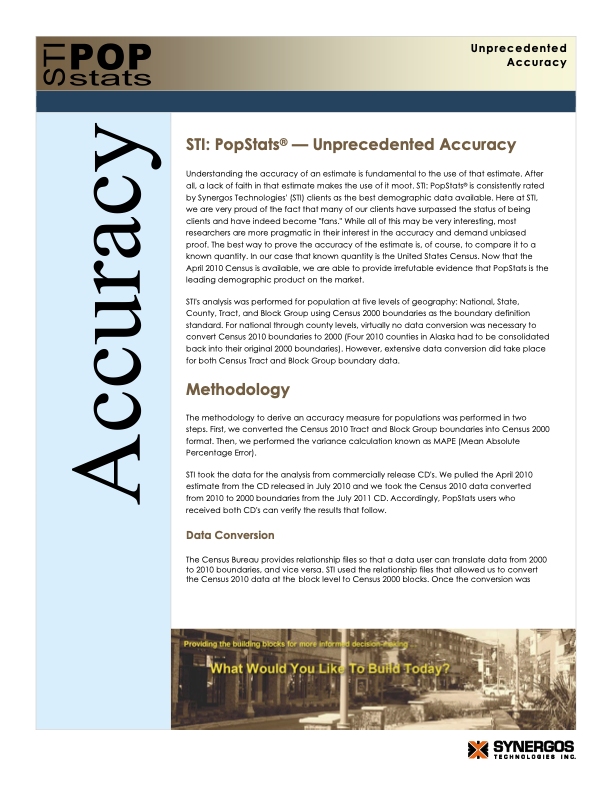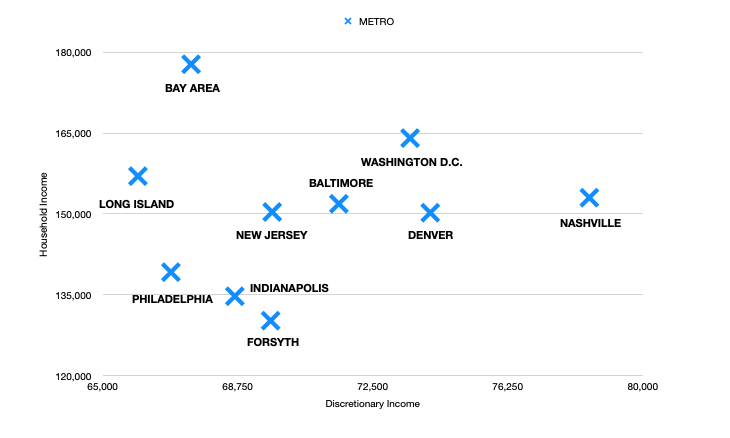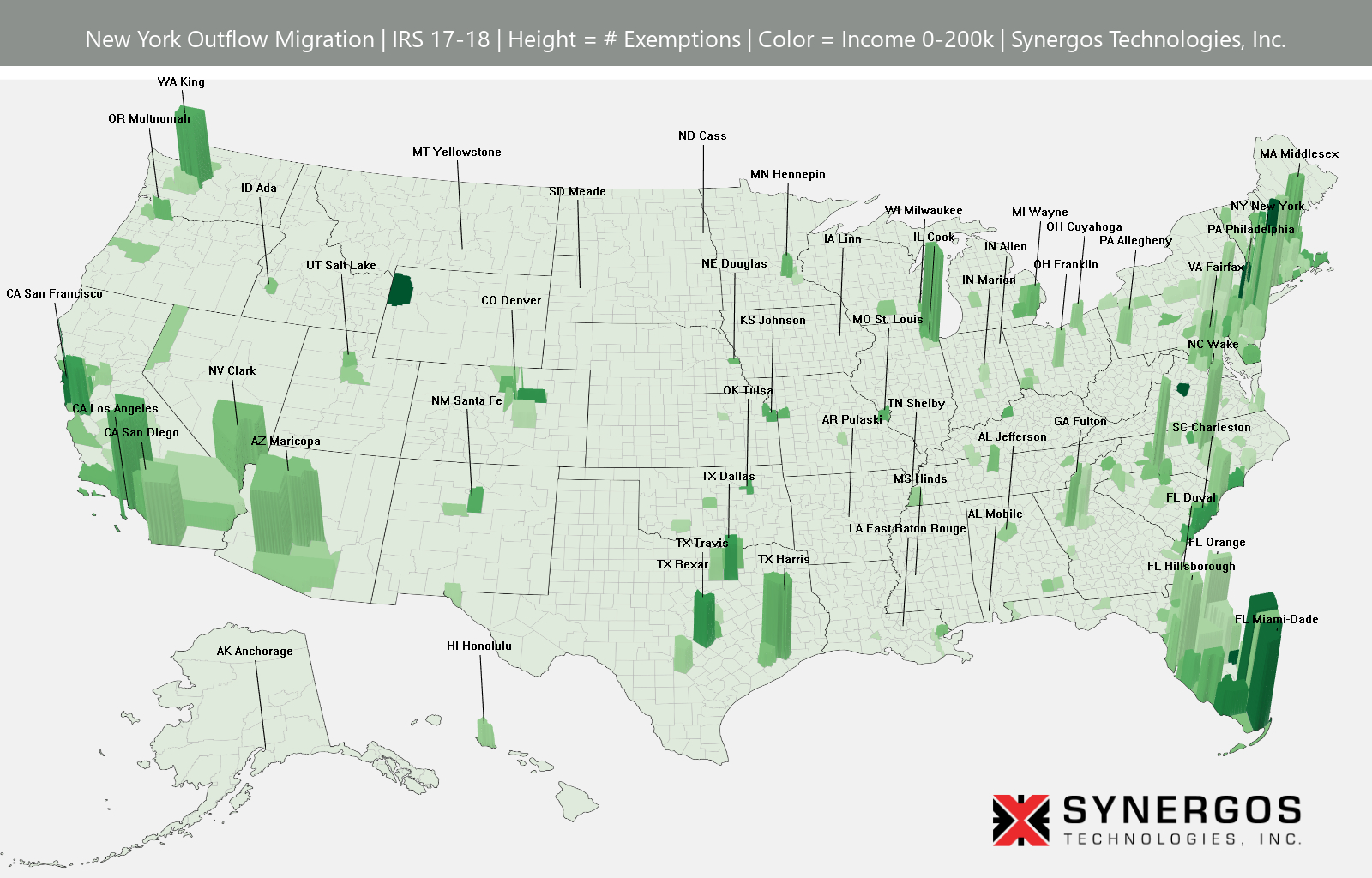Mexico’s Heartbeat – 2023
Understanding labor force participation in Mexico
Mexico’s Heartbeat – 2023
Understanding labor force participation in Mexico.
We’re entering our second year of delivering the most accurate and up-to-date demographic estimate for Mexico’s diverse population. Our dataset not only paints a vivid portrait of the nation’s demographic landscape but places an emphasis on multiple factors that highlight the socio-economic dynamics of Mexico. Understanding labor force participation is pivotal to understanding the country’s workforce trends, gender participation nuances, and regional labor disparities.
In Mexico, the participation of females in the labor force has traditionally been lower than that of males, a reflection of deep-rooted cultural norms and societal expectations that often prioritize domestic responsibilities for women. While Mexico has made significant strides in recent years to empower women economically, the gap remains notable. This stands in contrast to the United States, where the labor force participation rate of women has steadily approached that of men, particularly since the mid-20th century. Feminist movements, supportive policies like maternity leave, and shifting societal expectations have played crucial roles in this uptrend.
The below images show labor force participation and employment status by gender, by state.
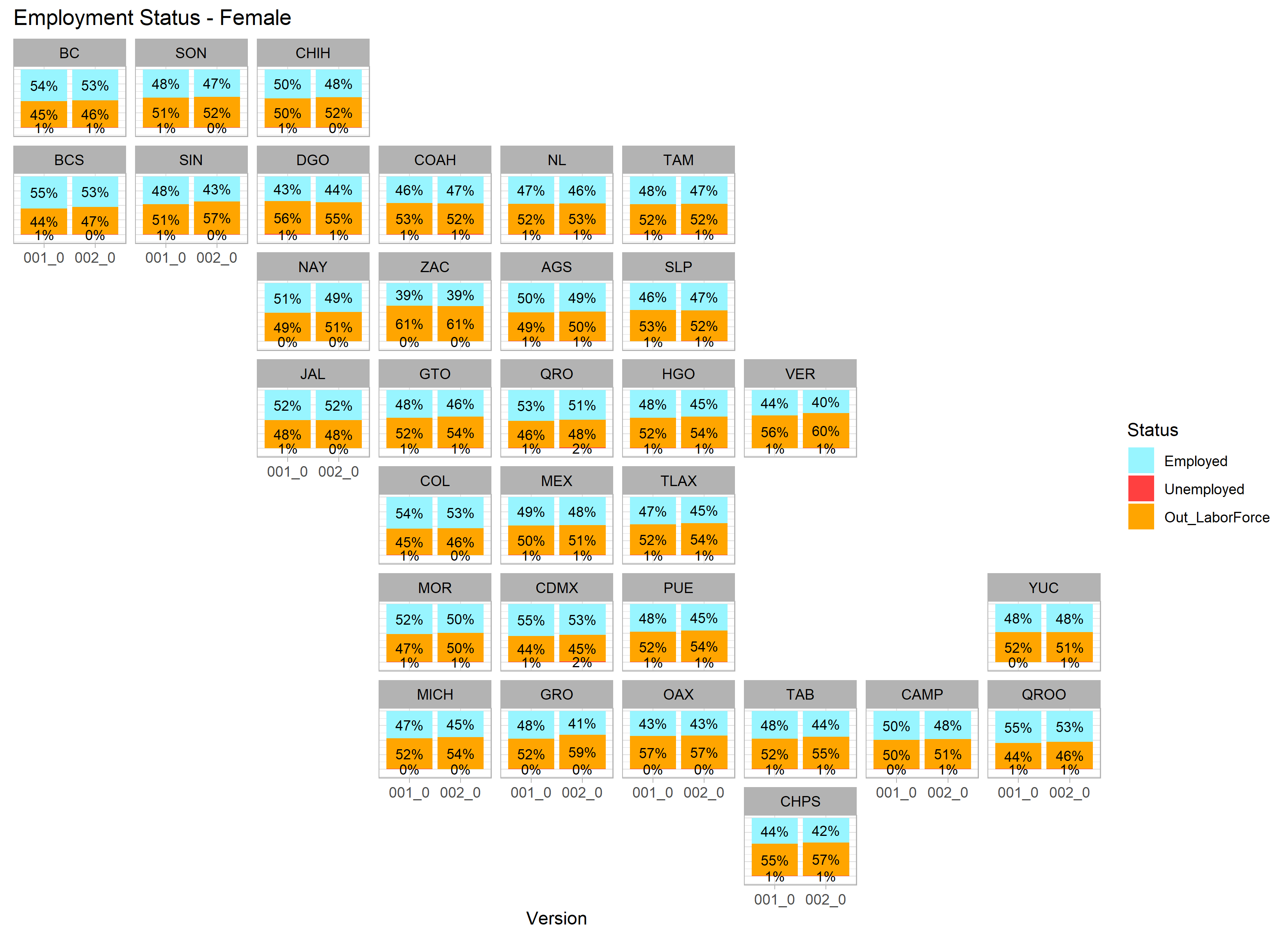
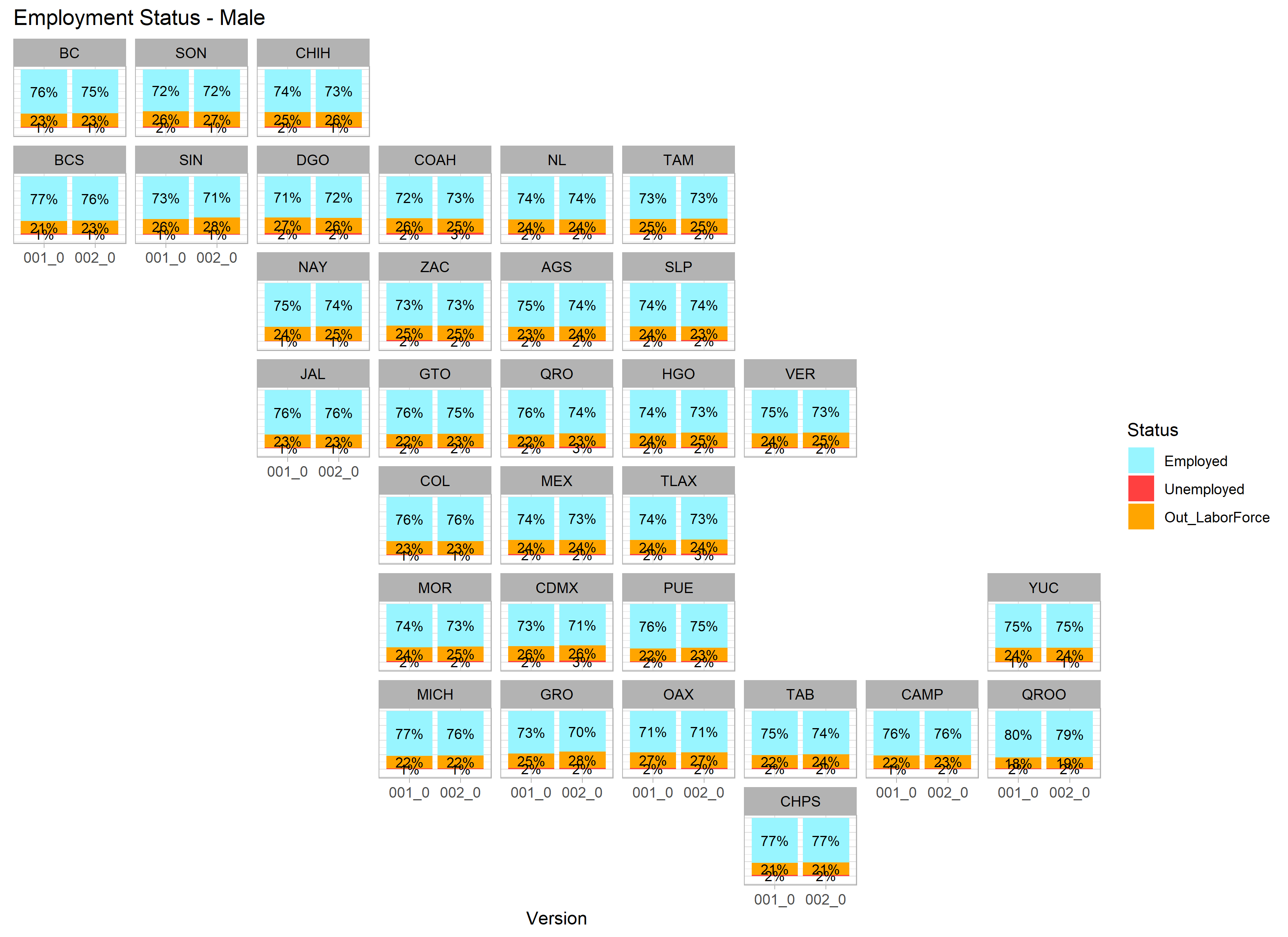
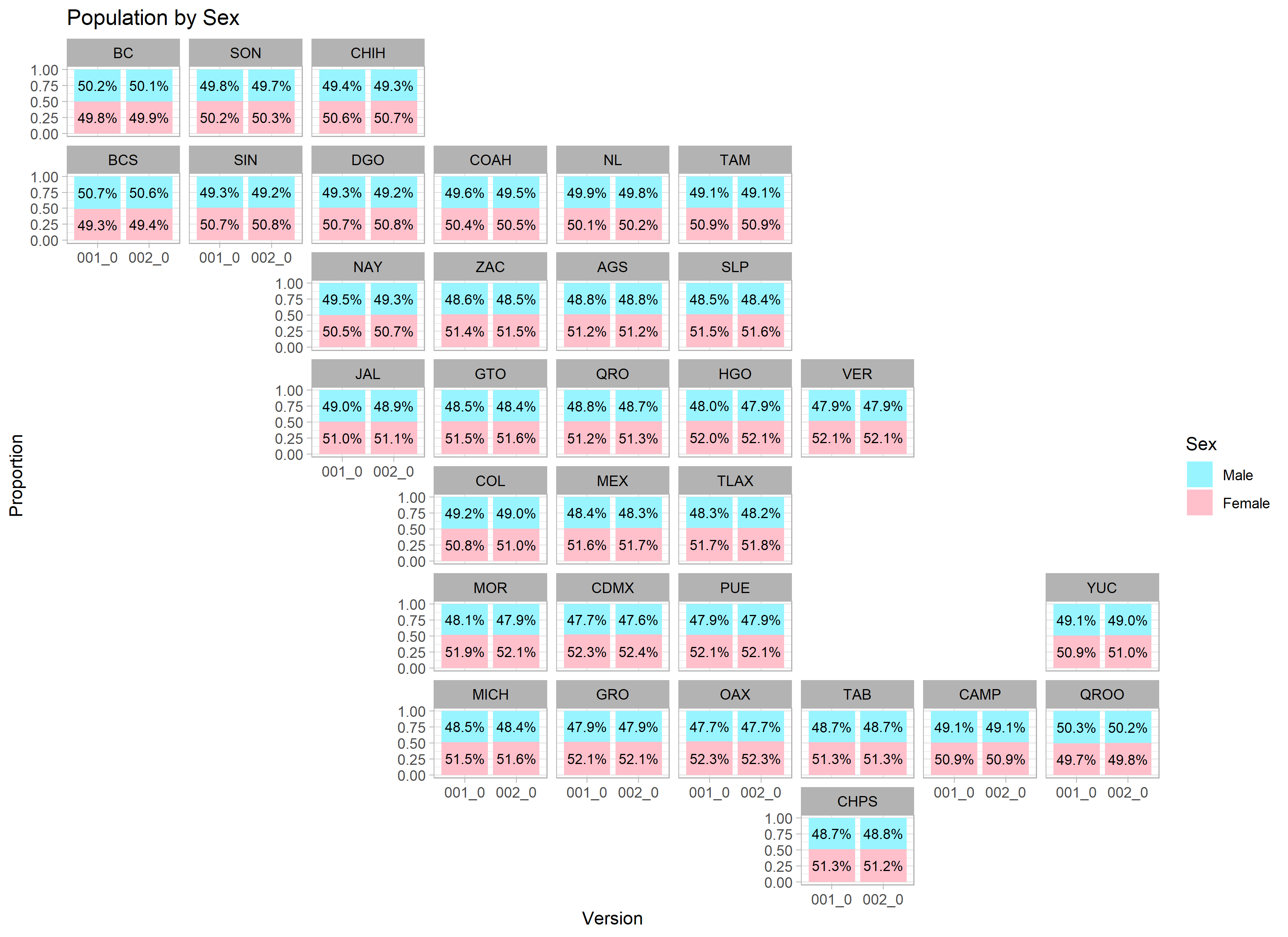
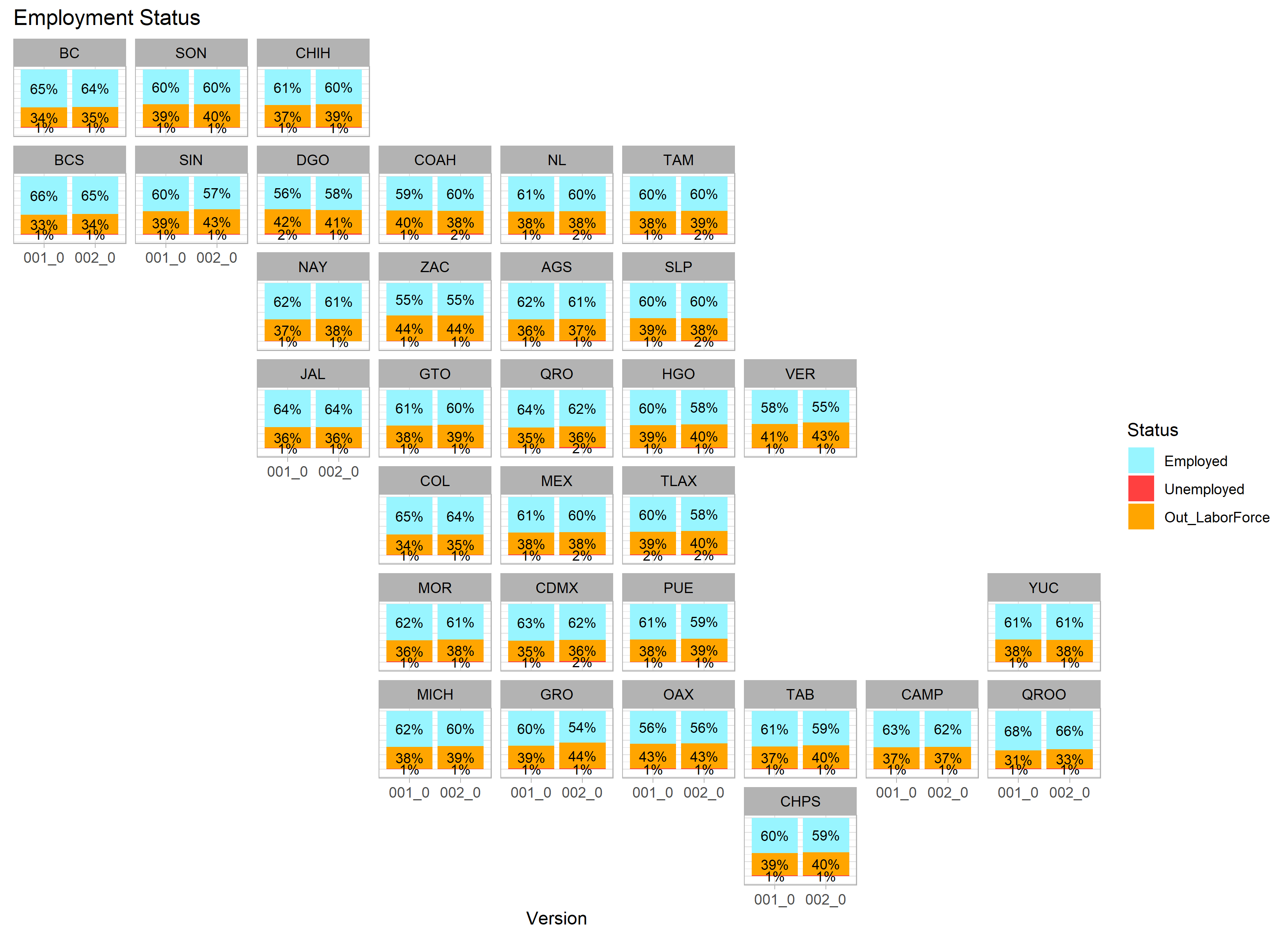
As of July of 2023, the National Occupation and Employment Survey of Mexico, reported a 2.9% unemployment rate on a national level. The survey targets Economically Active persons, who are 15 years or older. There is a slight difference in our reported unemployment rates and their reported rates, due to the fact that we report unemployment considering the entire working population (12+), and they do not due to privacy reasons.
Drawing a direct comparison, while the United States has been a front-runner in championing women’s rights and their place in the workforce, Mexico’s journey is emblematic of a nation working to reconcile its rich cultural traditions with the evolving demands of a modern economy. The experiences of both nations underline the global imperative to create environments where women are empowered to participate fully and equally in the labor market. Dive into our dataset and equip yourself with the tools to truly understand the heartbeat of Mexico’s population.

